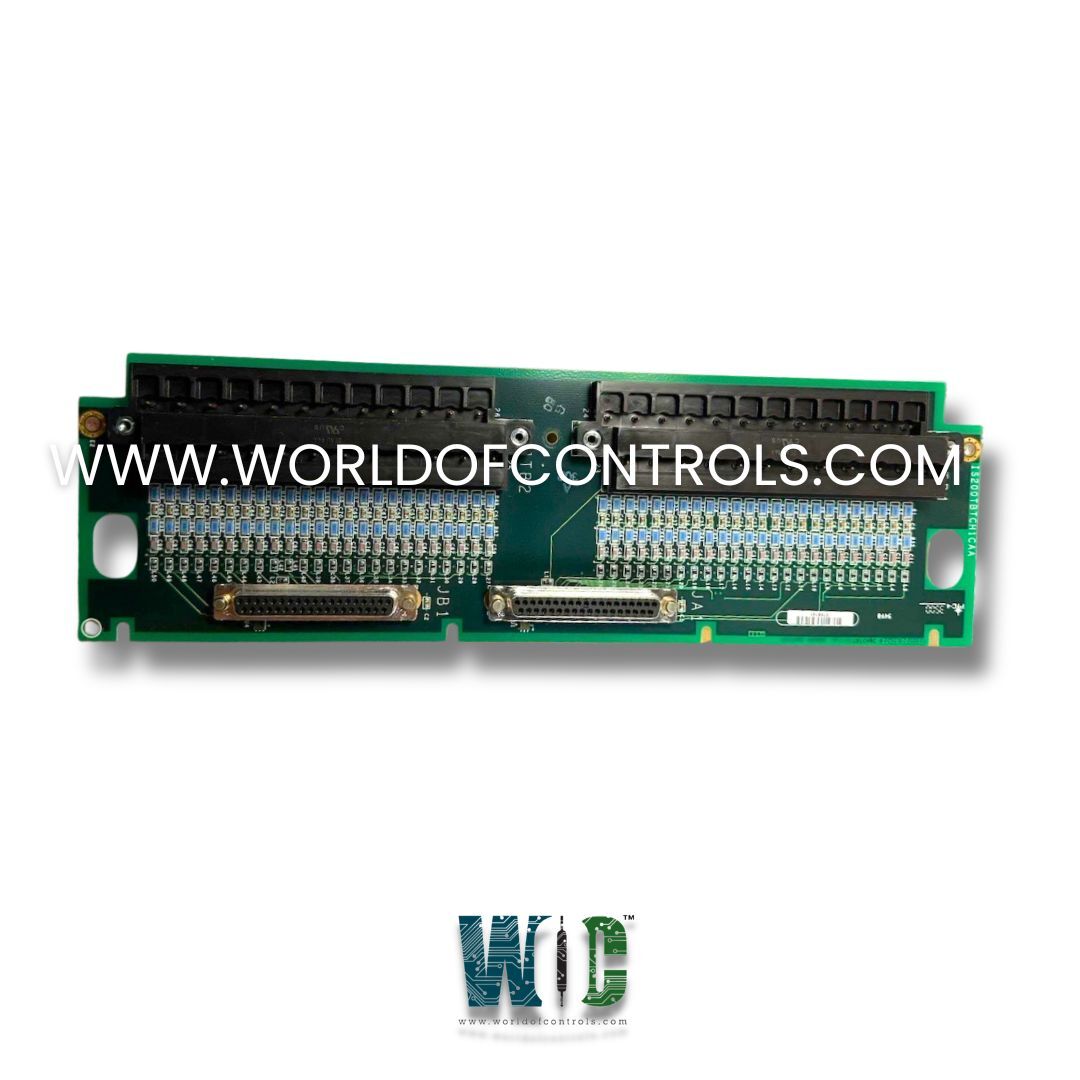
World Of Controls understands the criticality of your requirement and works towards reducing the lead time as much as possible.
IS200TBTCH1CAA - Thermocouple Terminal Board is available in stock which ships the same day.
IS200TBTCH1CAA - Thermocouple Terminal Board comes in UNUSED as well as REBUILT condition.
To avail our best deals for IS200TBTCH1CAA - Thermocouple Terminal Board, contact us and we will get back to you within 24 hours.
Part No.: IS200TBTCH1CAA
Manufacturer: General Electric
Country of Manufacture: United States of America (USA)
Number of channels: 24
Thermocouple types: E, J, K, S, T
Span: -8 mV to +45 mV
Product Type: Thermocouple Terminal Board
Contact Input Quantity: 4
Dimensions: 13.0 inches x 4.0 inches
Voltage: 24 VDC
Connection Type: Cables or J-Port
Availability: In Stock
Series: Mark VIe
IS200TBTCH1CAA is a thermocouple terminal board developed by GE. It is part of the Mark VIe series. The terminal board is designed to accommodate 24 thermocouple inputs, supporting type E, J, K, S, or T thermocouples. These inputs are connected to barrier-type blocks on the board and interface with the I/O processor through D-type connectors.
The system implements several fault detection mechanisms:
The WOC team is always available to help you with your Mark VIe requirements. For more information, please contact WOC.
What is IS200TBTCH1CAA?
It is a thermocouple terminal board developed by GE under the Mark VIe series.
Can you elaborate on the grounding of the thermocouple inputs?
The 24 thermocouple inputs can be either grounded or ungrounded, offering flexibility in their installation and setup within the system.
How is high-frequency noise managed within the system?
To suppress high-frequency noise, the system incorporates specific mechanisms or components designed to mitigate and counteract unwanted electrical interference that may affect the accuracy of the thermocouple readings.
What cold junction reference devices are present on the TBTC?
The board features two cold junction reference devices, strategically placed to facilitate accurate cold junction compensation for the thermocouple inputs. These references play a vital role in ensuring precise temperature measurements.